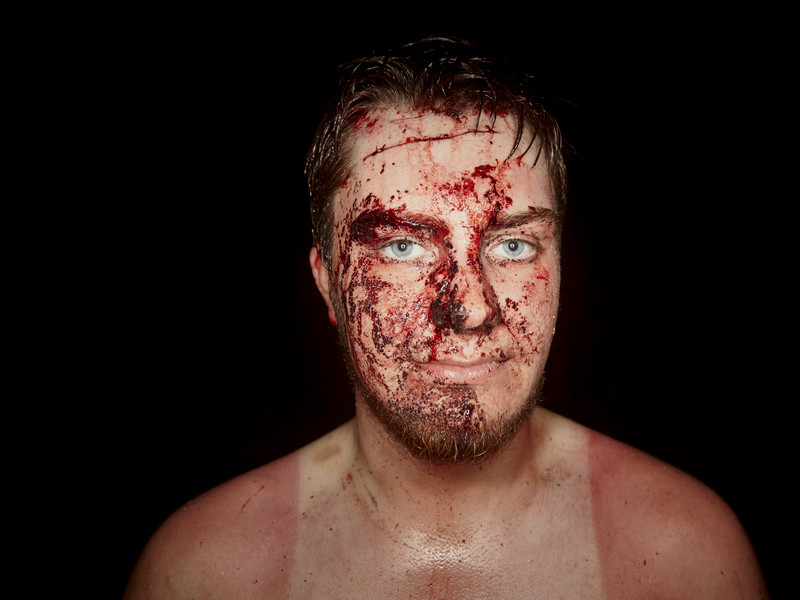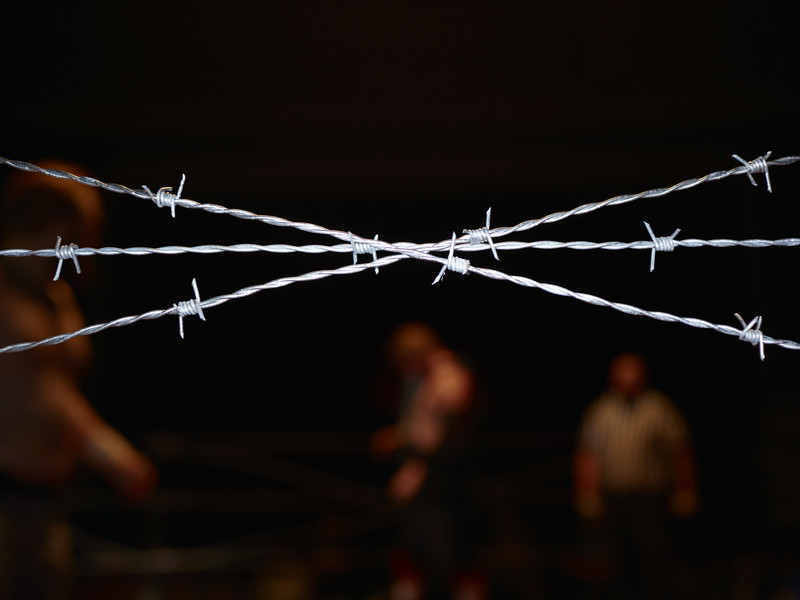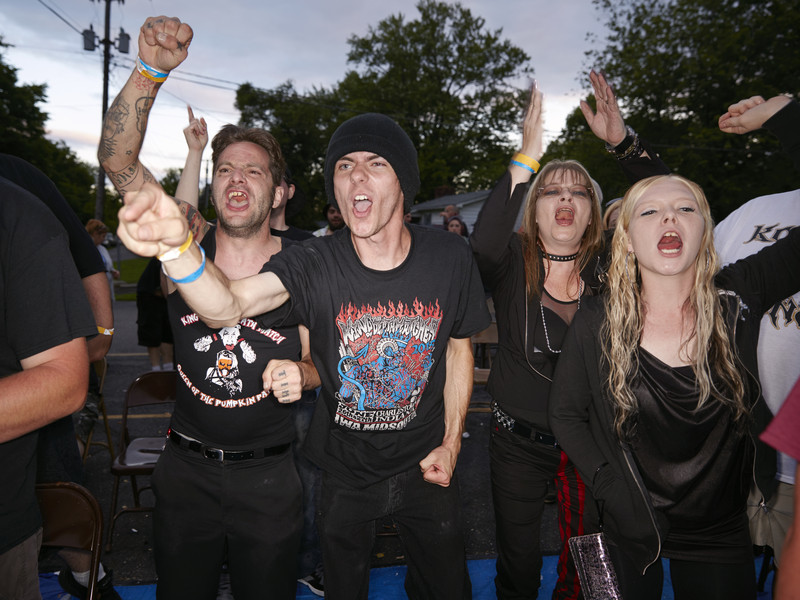Having just received a severe beating from society’s latest boogeyman, a wrestler slowly raises his hand from the mat and musters the strength, seemingly from nowhere, to fight back against his oppressor. Hulking warriors body slam each other to settle long simmering personal grudges and geo- political rivalries. Storylines infused with real life themes are a public catharsis for world events that are out of our control: when I was a kid everybody loved Hulk Hogan, no one liked The Iron Sheik. Wrestling’s mix of athleticism and violent theater has more in common with Shakespearean Revenge Plays than actual sport.
Between the first Golden Age of wrestling in the 1940’s and the explosion of Hulkamania in the ’80’s audience levels were stagnating. The loosely affiliated independent promotions of the time began searching for new gimmicks. No longer were wrestling matches held to the rules of the carnival strong man competitions and fixed athletic performances of their roots. Matches moved out of the ring and into the audience. Tables and chairs were used on opponents. They experimented with social taboos and tested society’s limits with the introduction of blood as a theatrical element in the mid-1950’s. This visceral addition boosted audience levels new heights and was the genesis for what is now known as Hardcore Wrestling and the more violent Death Match.
After peaking in the 1990’s, these styles are having a resurgence with promotions popping up around the country. Blading, light tubes, barbed wire and falls from 20 foot scaffolding, once extreme novelties, are now considered standard fare. With increasing levels of violence, independent promotions specializing in Death Matches perform in fields, social clubs and carnival like events searching out new audiences. Masses of sunburnt men, women and young children crowd close to the ring as every fall into barbed wire and every broken pane of glass elicits gasps and eventual cheers when the wrestlers show off their injuries.
The popularity of the Death Match’s brutality with it’s theatrical self mutilation for the crowd’s enjoyment asks many questions about society’s attraction to violence as entertainment. Why is the Death Match’s mix of real and theatrical so disturbing to so many people yet the real violence of MMA competitions or the stylized violence of Hollywood movies seemingly less offensive? Where is that line drawn between acceptable and offensive how does it get drawn?
The portraits of “American Ultraviolence” are a cultural document of the wrestlers and fans of this niche of choreographed violence and a meditation on society’s obsession with violence.
click to view the complete set of images in the archive































